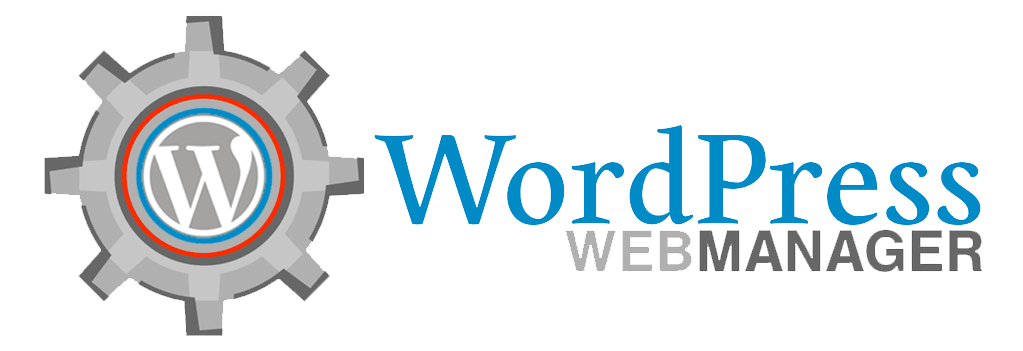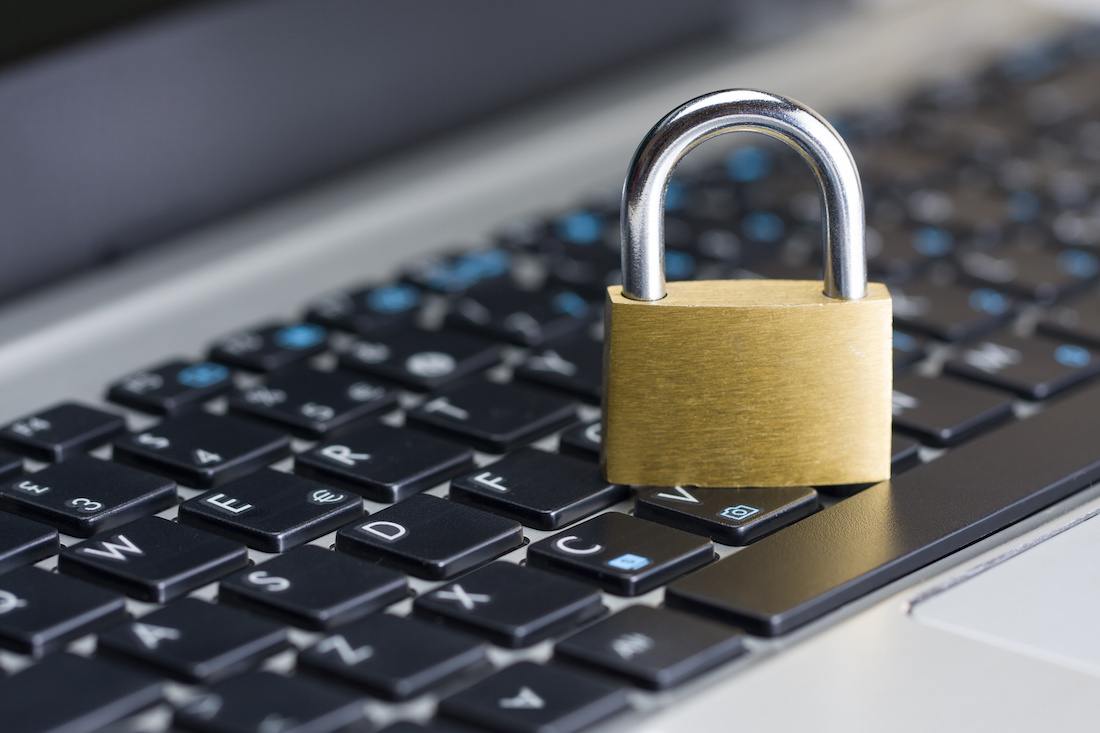 Whether your WordPress site is big or small, hackers will attempt to attack you.
Whether your WordPress site is big or small, hackers will attempt to attack you.
Every website is a potential victim. In fact, it’s estimated that cybercrime damages will be as high as $6 trillion by the year 2021.
The good news is that websites are beefing-up their cybersecurity efforts to match the new threat. Website hosts are spending more to help prevent these crimes from occurring.
WordPress is focusing on security of late as well, and have released multiple updates to help address their cybersecurity shortcomings. Ahead, we’ll take a look at some highlights of the WordPress security updates, as well as what you can do to help keep your WordPress site secure.
1. WordPress Security Updates
To get the most of the WordPress security updates, you need to enable them. Make sure your WordPress updates automatically. If you disable the auto-updates for some reason, be sure to go back and manually update the security.
WordPress is constantly improving their security, so keep your WordPress up-to-date.
2. WordPress Management
It’s usually a good idea to use a WordPress management service, but they aren’t all created equal. Many management services are far better than others when it comes to security.
Do your research before committing to a management service, as some will keep your website more secure than others.
3. Password Protection
It will take a hacker only ten minutes to crack a password composed of six lowercase letters.
Password strength is the first line of defense against hacker attacks. Make sure your WordPress users all have secure passwords and usernames. You can even require strong passwords in your admin settings.
4. Limited Logins
One of the WordPress security updates includes the ability to limit the number of times a user can unsuccessfully enter their password. Enable this feature to help prevent hackers from gaining access to your site.
5. Idle Users
An idle user, surfing the web with WordPress in the background, brings an increased security risk.
Someone can hijack the session and make changes to the WordPress site. Thankfully, you can now install a plugin to automatically log-out users who have been idle for a certain amount of time.
6. Security Question
To further protect your WordPress site, add a security question to logins. This action will make it even harder for hackers to gain access to a WordPress account.
Install the WordPress Security Question plugin to add this to your page.
7. Plugin Protection
As WordPress continues to update their software, more and more plugins become available.
There are several security plugins from which to choose. All of these options help limit your site’s vulnerabilities and let you know when you’re at risk for hacker attacks.
8. Limited Admin Access
It can seem easier to give admin access to everyone using WordPress, but this can leave openings for hackers. The more admin access available, the more likely one of your admins will get hacked.
Limit your admin access to one or two trusted individuals. Make sure they’ll make the best decisions when it comes to surfing the web, and that they won’t log into the account from public WiFi.
Keeping Your WordPress Site Safe
Hackers will always try to gain access to your account. It doesn’t matter how small or big you are – there is always valuable information that hackers are after.
Follow these tips to make the most of the WordPress security updates, and contact us for more helpful WordPress information.



